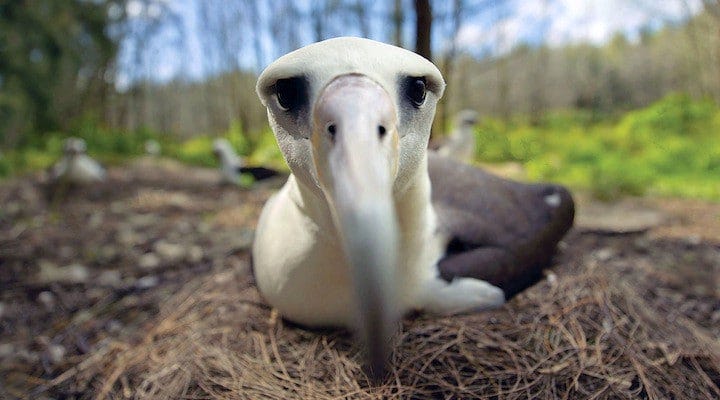TIFF 2013: Chris Jordan on ‘Midway,’ Changing Global Consciousness, Sharing the Message of the Albatross and Aestheticizing Horror
TIFF 2013: Chris Jordan on ‘Midway,’ Changing Global Consciousness, Sharing the Message of the Albatross and Aestheticizing Horror

A new kind of issue film is upon us with Midway, a documentary that seems to start out like a straight nature film but then evolves into an environmentalist film all the while featuring sublime cinematography joined by poetic…



